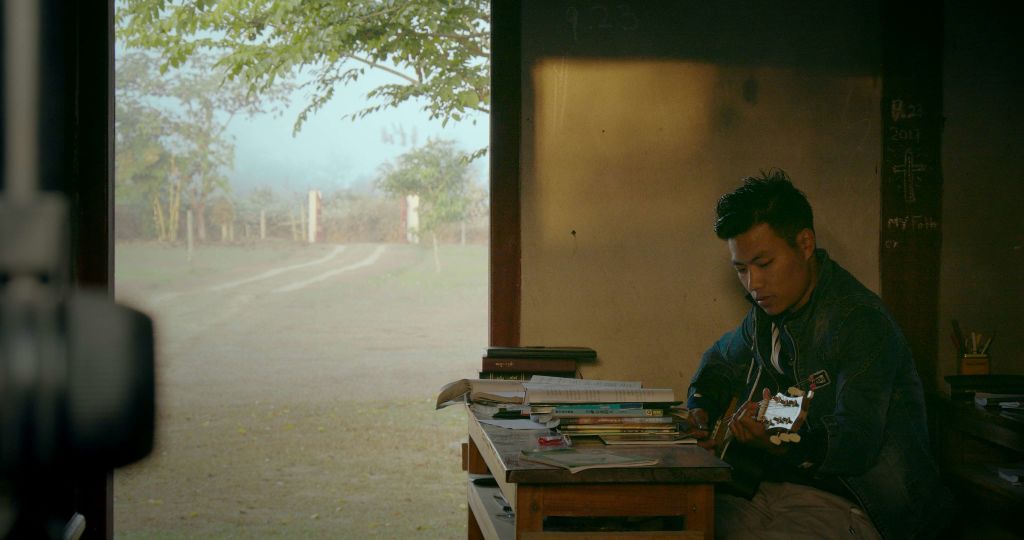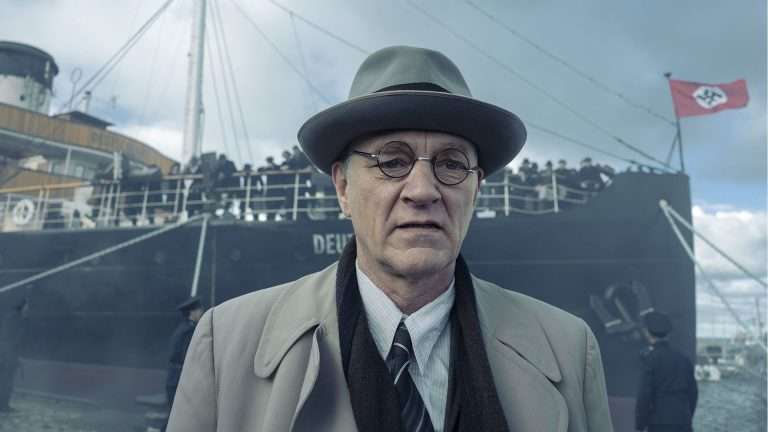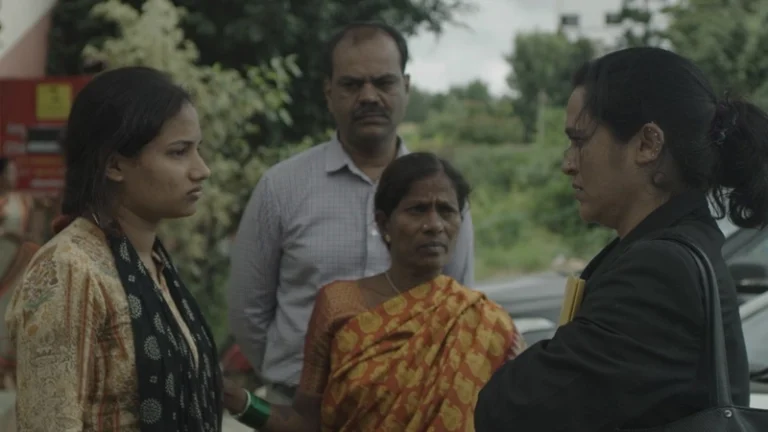Many films have documented the regret and deep sorrow engulfing unwilling perpetrators of violence. The representation mostly consists of a tearful subject, sappy background music that intersperses between a callous voiceover and random images from its life. ‘The Bad Man’ chooses a different path. The harrowing stories about the worst you could possibly imagine are told raw and without an inch of remorse. The straightforward approach is jarring and underwhelming.
Lee Yong Chao’s documentary is set around the life of a former soldier at a rehabilitation center in Myanmar. He lives on the sprawling facility with other survivors but none of them have quite a story to tell like him. For a “bad man”, he does not really look like one. He seems a normal person, just like you and me.
There’s a whole spectrum of cultural intimacy about Myanmar, its political and military history, and the effect of the civil war on its youth. This was probably the first time I was introduced to Myanmar’s chequered history in this fashion. Without specific facts or names, the titular protagonist reveals everything about war that misses the history books; the supposedly irrelevant and voiceless stakeholders who are cursed into oblivion.

Anecdotes about his time working at a mine, the change in perspective after receiving military training make compelling subject matter. Seeing the turmoil in the wake of the conflict without guns or bombs is not easily digestible.
The protagonist’s account is novella-like – bereft of theatrics and cinematic spectacle that often softens the impact of the blow. Him recounting his relationship with women, tragically including poor minor girls, is a glaring reminder of how they are the first victims of any breakdown incivility. He explicitly mentions the killing of his innocent once he was recruited by the KIA, a militant organization, as a small child and the noticeable shift in his attitude, chiefly towards his family. Threatening his parents and sisters with a knife for things he wants does not fall short in horror than what comes next.
Lee’s style is simple. He asks a question and the protagonist answers it. The minimalism allows solitary focus on the man and his responses. It is admittedly quite a thrill talking to someone with a criminal mindset but not a criminal. This is not the same as seeing a Ted Bundy talk inhibited about the bad things he did. It does not match the kink of ‘Mindhunter’ either. The man’s account remains in a league of its own. Despite the nature of the acts he committed, the bad man remains largely at peace.
Related to ‘The Bad Man’ documentary – 10 Great Indian Documentaries of 2010s
The idyllic setting and the companionship of friends and animals seem to keep him floating above the insanity of his past. The center’s owner engages the people in community-like activities to create a sort of a safe place for them. Although the focus is largely the bad man and his lack of repentance, Lee is vigilant to capture a slice of life of the center.
There were several instances when you can hear an exasperated Lee barraging the bad man with questions that do not seem scripted. Even his reaction to some of the things he narrates is that of shock and disbelief and a reluctant and transient acceptance of the reality of Myanmar’s people. There are brief periods when the bad man is seen as a normal human being, doing simple things like playing football, taking classes, and hanging out with his friends. But those moments evaporate rather quickly into the torrid skies of the bad man’s tales.
A cinematic example of or corollary to the bad man is Dia Vandy, from ‘Blood Diamond‘. The image in my mind when he tells about the recruitment and his work in the mines was of Dia: his conflicted conscience conditioned to violence, swept clean of the ability to understand the consequences of his actions. Unlike the dramatic end to his fate, the bad man’s falling into the trappings of alcohol and substance abuse are closer to reality.
One of the longest continuous exchanges between Lee and the bad man comes in the last minutes of ‘The Bad Man’. He recalls how he killed a man under his command for insulting him and disobeying his orders, and in doing so, also revealing his total body count that comes to almost 70. In the end, he asks a bigger question: what about those who have killed millions in the same period? When will they be held accountable and at what point in time will they be no longer be in charge of creating people like him?


![Fighter [2021]: ‘NYAFF’ Review – Paints a Light on the Unseen Battles](https://79468c92.delivery.rocketcdn.me/wp-content/uploads/2021/08/Fighter-2021.jpeg)
![The Nightingale [2019] Review: As Misguided As It Is Polarizing](https://79468c92.delivery.rocketcdn.me/wp-content/uploads/2019/11/the-nightingale-jennifer-kent-768x403.jpg)



